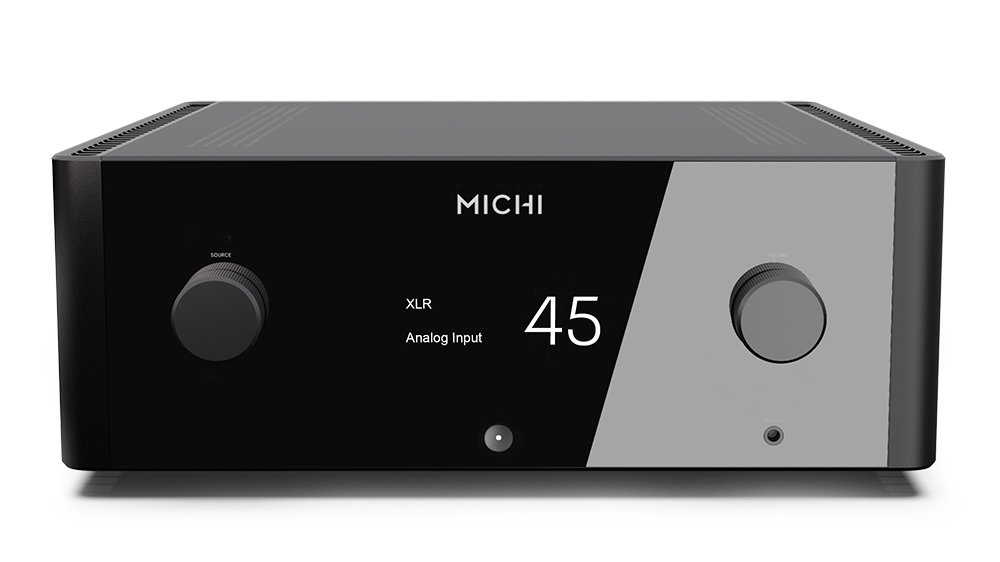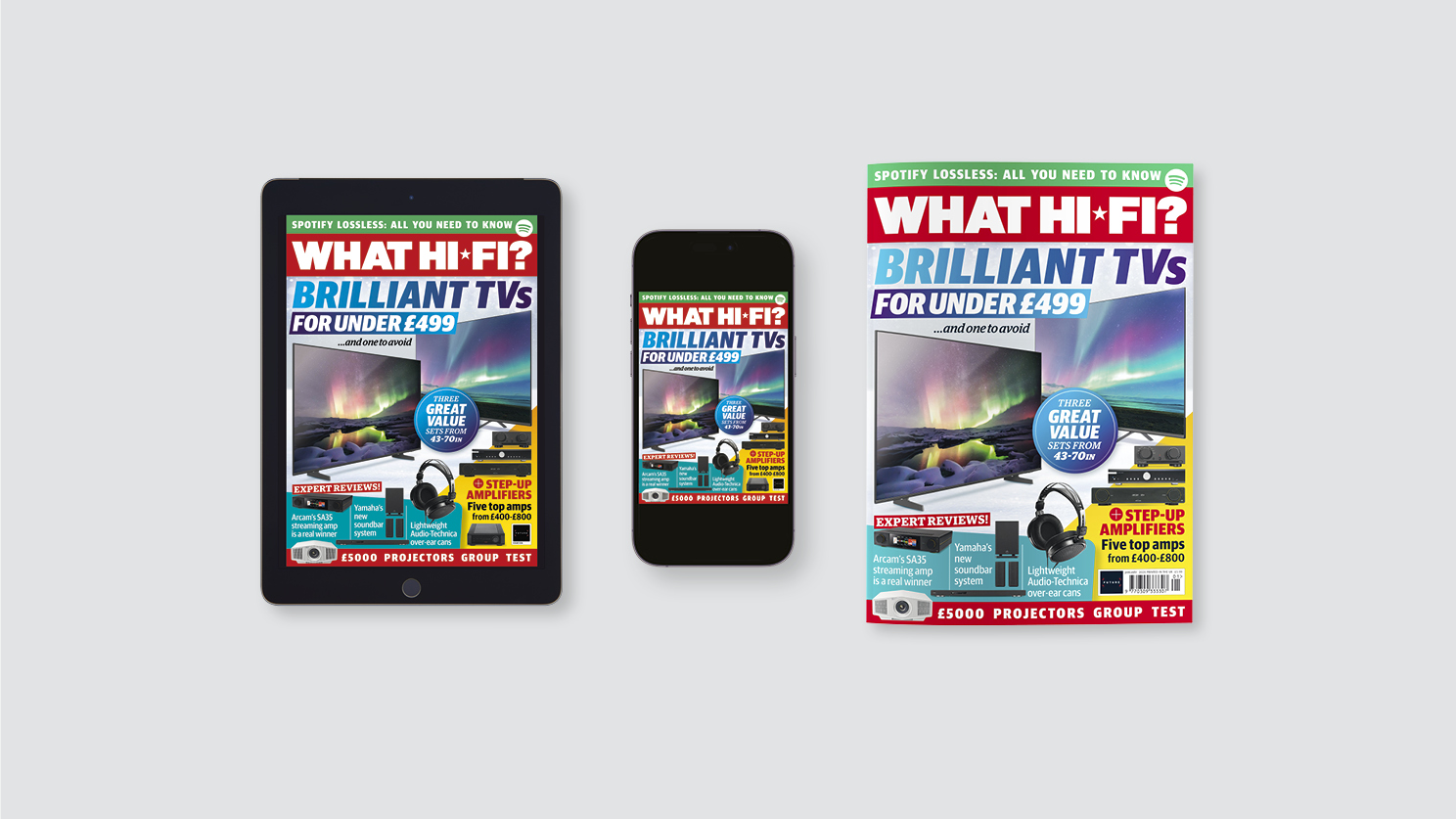Rotel expands Michi portfolio with X3 and X5 integrated amplifiers
The fourth and fifth Michi products to arrive since the high-end brand was revived last year

Rotel has expanded the Michi portfolio with two new integrated amplifiers, diversifying its existing pre and power amplification line-up. The Michi X3 and X5 (pictured top) join the P5 control amp, S5 stereo amp and M8 Monoblock amp that were introduced in November last year, when the high-end electronics brand re-entered the market after a long hiatus.
The Michi X3 delivers 350 watts of power into 4 ohms and is driven by a toroidal transformer that feeds independent analogue, digital and power amplifier voltage regulator circuits for optimal power isolation. Further measures to isolate music signals and processing from the amplification stage have been taken in the implementation of the direct-path circuit topology.
The X3 has no fewer than 13 source inputs, which include XLR (one), analogue RCA (three), digital optical (three) and coaxial (three), USB Type B (one), moving magnet phono (one) and aptX Bluetooth.

The 600-watt X5 amp expands on that connectivity list with a fourth pair of RCA inputs and a phono stage that’s compatible with both moving magnet and moving coil cartridges. There’s also DSD decoding and MQA rendering abilities, as well as a more advanced AKM DAC chip (32-bit/768kHz) onboard.
The Michi X3 (£4300, $4999) and Michi X5 (£6300, $6999) will be available in October and November respectively. Australian pricing and availability is yet to be announced.
MORE:
Rotel launches three high-end Michi amplifiers
The latest hi-fi, home cinema and tech news, reviews, buying advice and deals, direct to your inbox.
McIntosh Group's Sumiko wins Rotel Electronics distribution
Keep reading What Hi-Fi? with this amazing £10 subscription offer!

Becky is a hi-fi, AV and technology journalist, formerly the Managing Editor at What Hi-Fi? and Editor of Australian Hi-Fi and Audio Esoterica magazines. With over twelve years of journalism experience in the hi-fi industry, she has reviewed all manner of audio gear, from budget amplifiers to high-end speakers, and particularly specialises in headphones and head-fi devices.
In her spare time, Becky can often be found running, watching Liverpool FC and horror movies, and hunting for gluten-free cake.
